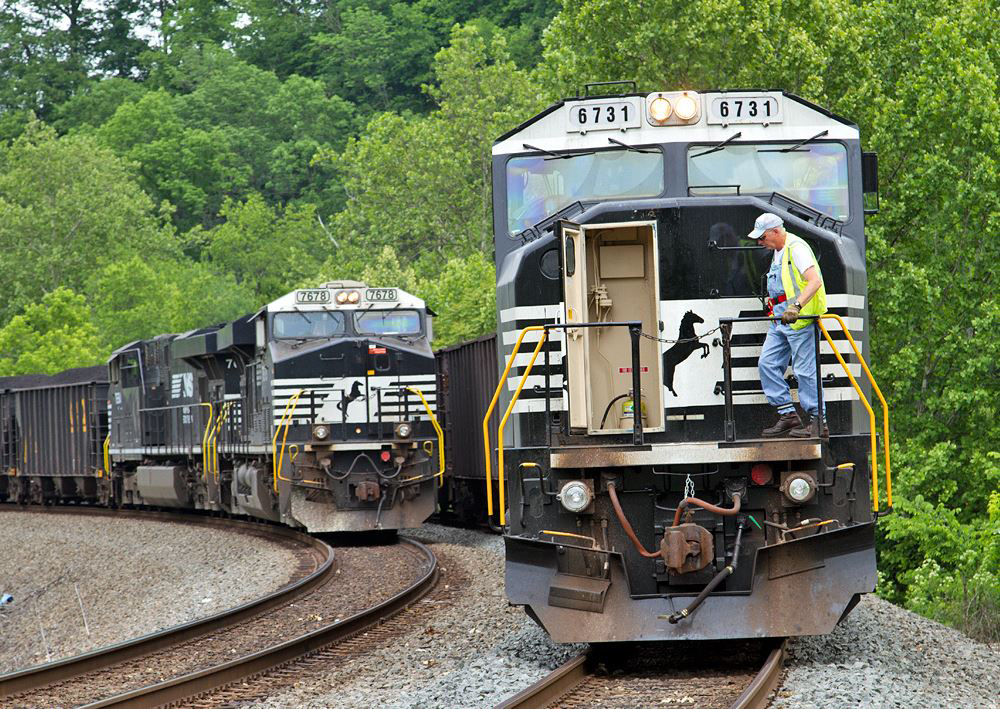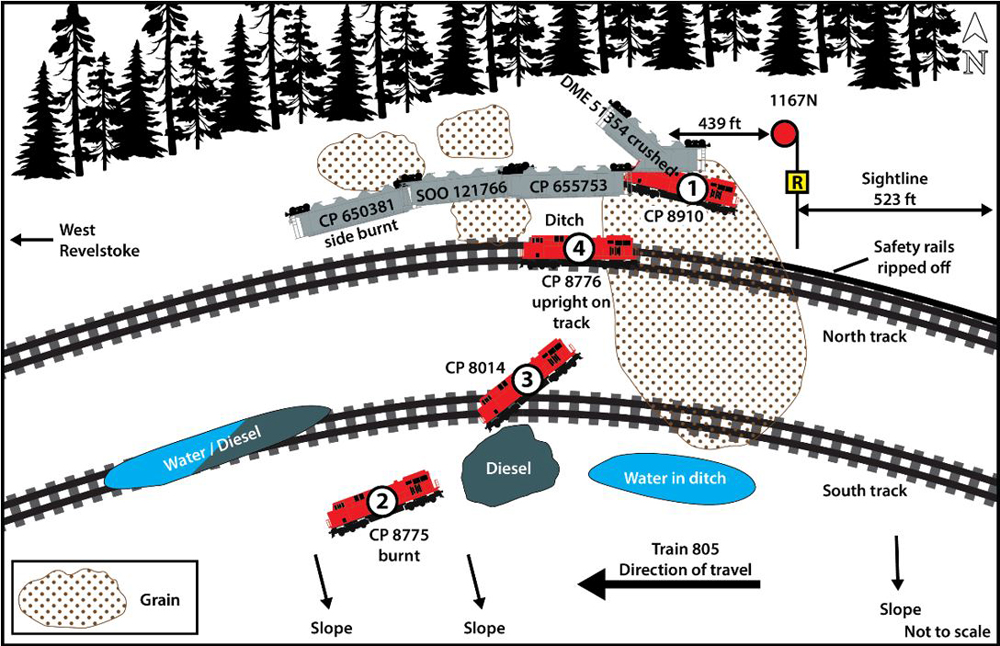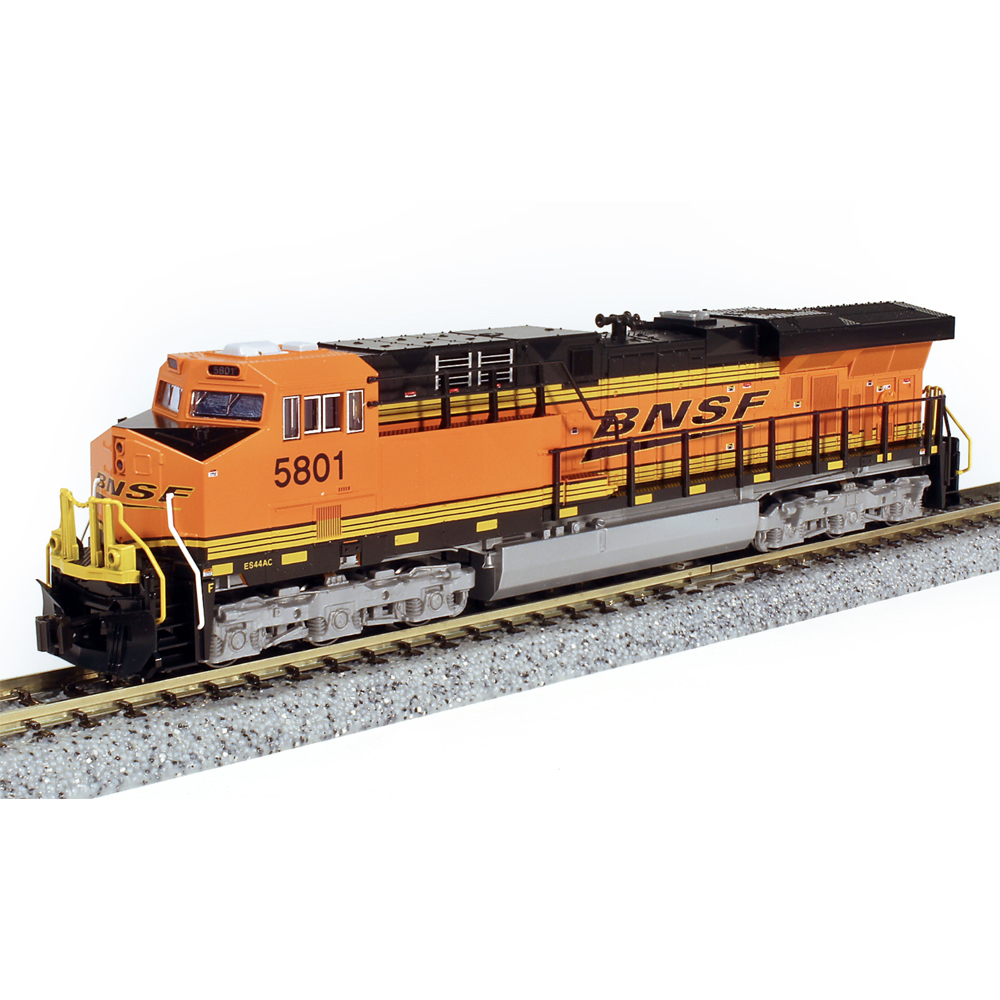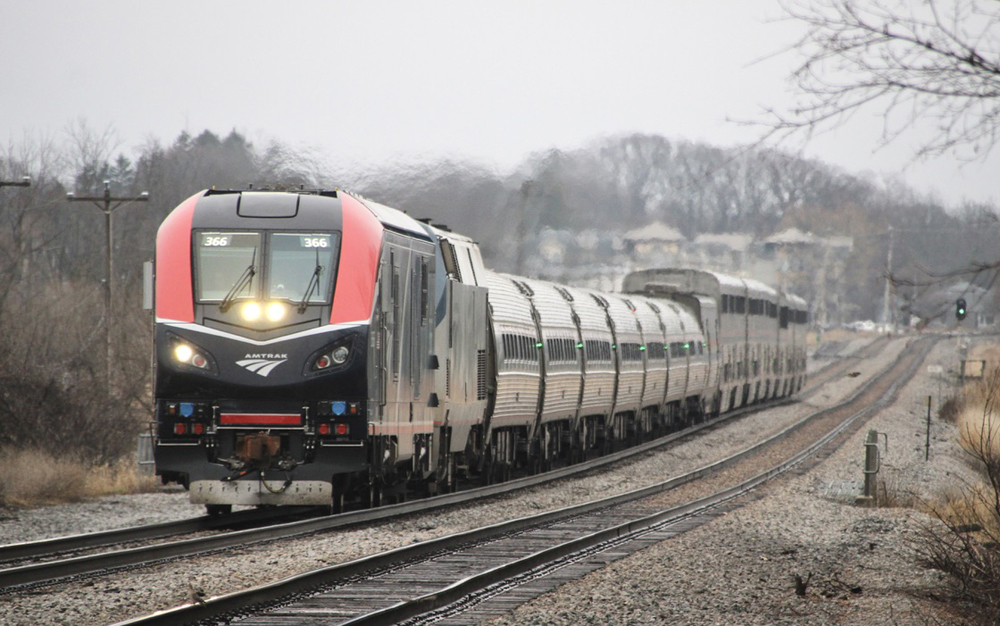
CHICAGO — Class I railroads reached tentative agreements with unions in the early-morning hours of Thursday, Sept. 15, putting to rest uncertainties about the prospect of a widespread work stoppage that could have begun as soon as today (Friday, Sept. 16). In the days leading to Thursday’s tentative agreements, Class I railroads started curtailing certain lines of business in preparation for a possible strike and Amtrak cancelled its long-distance trains on Thursday, Sept. 15 to ensure passengers were not stranded if a strike occurred.
The negotiations resolved major sticking points, such as provisions for time off, an additional paid day, and exemptions from attendance policies for hospitalizations and surgeries. Railroaders will receive a 24% increase in pay, the largest wage increase in more than 45 years, while also holding the line on insurance copays. Unions also say they were able to block railroads’ attempts to fast-track arbitration on crew size agreements, protecting two-person crews for the foreseeable future [see “Freight railroad strike averted …,” Trains News Wire, Sept. 15].
Industry politics aside, the lesson to be learned regards the general public’s perception, or lack of thereof, of the significance railroads play in the U.S. economy. Various headlines across the nation personalized the significance of a rail labor strike by highlighting the risks of commuter rail interruptions hindering workers’ rides in and out of cities. Other stories talked about how a railroad strike could result in empty shelves at Walmart or cause factories to miss parts.
These viewpoint reinforce that the general public generally has little knowledge of railroads’ role in serving the supply chain. It becomes a personal issue when a commute to the office is disrupted, or you can’t find your favorite shampoo at your retailer. We personalize these inconveniences and form bias.
Coverage of a potential strike provided a brief opportunity to educate and remind the public of the importance of railroads. Household items and foods are the most relatable, but news reports also talked about railroads’ role in moving chemicals for pharmaceuticals, chorine for clean drinking water, or coal for electricity.
Ideally this reminded the public that railroads are far more than a highway grade-crossing nuisance and are a major driver of economic output. The Association of American Railroads issued a report, widely cited by news outlets, estimating a rail work stoppage could cost the U.S. economy as much as $2 billion per day.
Railroads are invaluable and, and as the labor negotiations show, very much remain an industry dependent on its women and men. Railroaders in union and non-union capacities are the muscle contributing to the strength of America’s economy. Let us not undervalue the role these railroaders play in providing the lifestyle for which we should always be grateful.
Chase Gunnoe works in marketing & sales for the freight rail industry and is the author of Carload Considerations, a monthly Trains News Wire commentary series. It discusses the freight rail industry, commodities, and economic trends. Its views are the opinion of its author with no particular emphasis on a specific railroad or shipper.














Another thing the general public does not realize, if you are RR T/E or a long haul truck driver, your family life is very poor. These people who go from one terminal to another only to sit for the next call. Working conditions are grueling and to see only the pay or benefits and think the job is a normal 8-5 job, guess again. It is very harsh. And in both jobs, the more miles traveled to do the work, the greater chance of an accident, and these are not usually minor. endmrw0917220925
Nice bit of railroad propaganda Chase, but as we all know, “if you’ve got it a truck brought it”. Even in the best of times railroad reliability and dependability basically suck. And that my friend is why J-I-T know stands for “Just-in-Truck”.